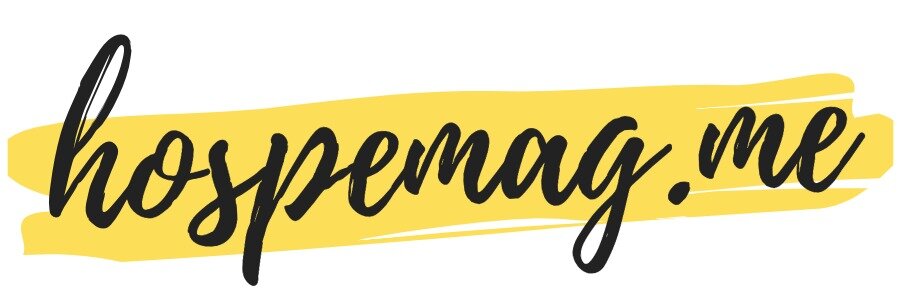What to do now?
If you can, entrepreneurship can be a brilliant strategy. Building something when there is a downturn usually turns out to be a good decision. If you do want to, reach out to Vikas Mehra on +91 9041123434 and talk about the Eclat Network program.
However, not everyone wants to do something of their own. If a job, a career is what you aspire to and if you are looking to get back to that life, here are 8 strategies for your job search:
1. Reach out to the people you have worked with and who liked your work.
This has to be your first action. We will apply to random job posts too but that is much lower down the order. This is what you need to do:
First, sit, make a list of people you have worked with
Then circle all the people who liked your work. Not you, your work.
Then check their profiles on LinkedIn
Now strike off anyone who is looking for a job themselves
Send individualised emails/messages. Do not cut & copy, do not bcc, do not mass this step.
Dear Prabhjot,
Hi! We worked together at Taj Lake Palace, Udaipur. While I was in Housekeeping you always had a kind word to say and you encouraged me to work harder on my Front Office knowledge. Till recently I was the Rooms Division Manager at XXX. I have been laid off and I wanted to touch base with people who know that I can be an asset to any organization.
Please do let me know if you know of any opening for RMD, FOM or GM of a small property. I am open to movement and find myself ready to work harder.
If there is anything I can do for you, please do let me know.
Stay Safe
2. Ask the people in list 1, to give you references.
So you tried all your peeps, and none came through. It is a tough market. Maybe they genuinely don’t have a lead or job to offer. Ask them for a reference.
Say something like 'I understand you don’t have anything in your company, but could you share the name and connect details of 2/3 people? Maybe someone in HR that you know well outside your current company? Or a recruitment consultant you think could help? Any lead would be appreciated.'
Then call those people, but make sure it is a 'reference mention' call.
'Hi! Prabhjot Bedi gave me your reference and he was thought you would definitely be able to help me. I am looking for……'
3. Ask your own company.
This is probably going to sound insane but just stay with me here. Some brands have created in-house teams and retained outplacement service firms. You could also probably reach out to your current boss and HR and maybe play on the guilt factor. It wasn't them who terminated your contract, it was the corporate that made them do it. Remind them of that. Get them to make a few calls for you.
4. Sharpen The Resume; make the cover letter real.
I cannot overstate this. I have been receiving resumes that have a typo, errors in dates and even names of companies spelt wrong. You are unemployed, you have the time, why would you send out a resume that just makes you look bad? For what we think a resume should be, click here
5. Apply To Everything.
I am usually of the opinion that you should be selective about the opportunities you apply for and go after. Not all opportunities are created equal, but that advice is for when you are in a job and are looking for something better. Now that you are unemployed or staring at an uncertain future, you should apply for everything. The old adage is still true - it is easier to find a job when you have one.
6. Attend Virtual Conferences.
Let me save you the trouble of saying it out loud, yes, a lot of them are just a massive waste of time. Be that as it may, it is not about the quality of the discussion, but an in for you. Most of these will have decision-makers and you can actually ask them a question or maybe even get a direct connect. It's worth it. On one of these, someone actually asked one of the speakers to at least interview people since he had a lot of time too, and he agreed to interview him. Grab those connects.
7. Connect on Linkedin.
Ditch insta, Facebook, TikTok and everything else for a bit. If you have under 5K 1st level connections on LinkedIn, you are not working that network even a little bit. Did you know you can join up to 50 groups on Linkedin and then write to anyone in the group? or post on that group? How many groups are you a member of? I will do a deeper dive into how to max use Linkedin, but for now here are some things you can do:
send out 10 connection requests every day to industry folks, decision-makers. Write a quick note. p.s. start with people you might have worked with or known in real life.
ask for introductions. You can ask someone in your network for an introduction to a member you would like to connect with.
join 5 groups immediately.
comment on posts from industry leaders.
change your header to 'looking for XYZ position'.
8. Get your twin.
I wrote about it here and I think it is a killer strategy. Enrol a good friend, who has lost a job too and each of you makes a pinky swear to get the other a job. When we are helping someone else, our efforts are so much more, our asks bolder and our ability to handle negativity massive. Repeat all the steps, just this time, do it for her while she does it for you.
p.s. If you need any specific assistance for your situation, do not hesitate to reach out. This invitation is if you want to seak my assistance on any of these strategies or want to create a plan for yourself. For your job search, if you are from the hospitality industry, do reach out to us on apply@eclathospitality.com





























